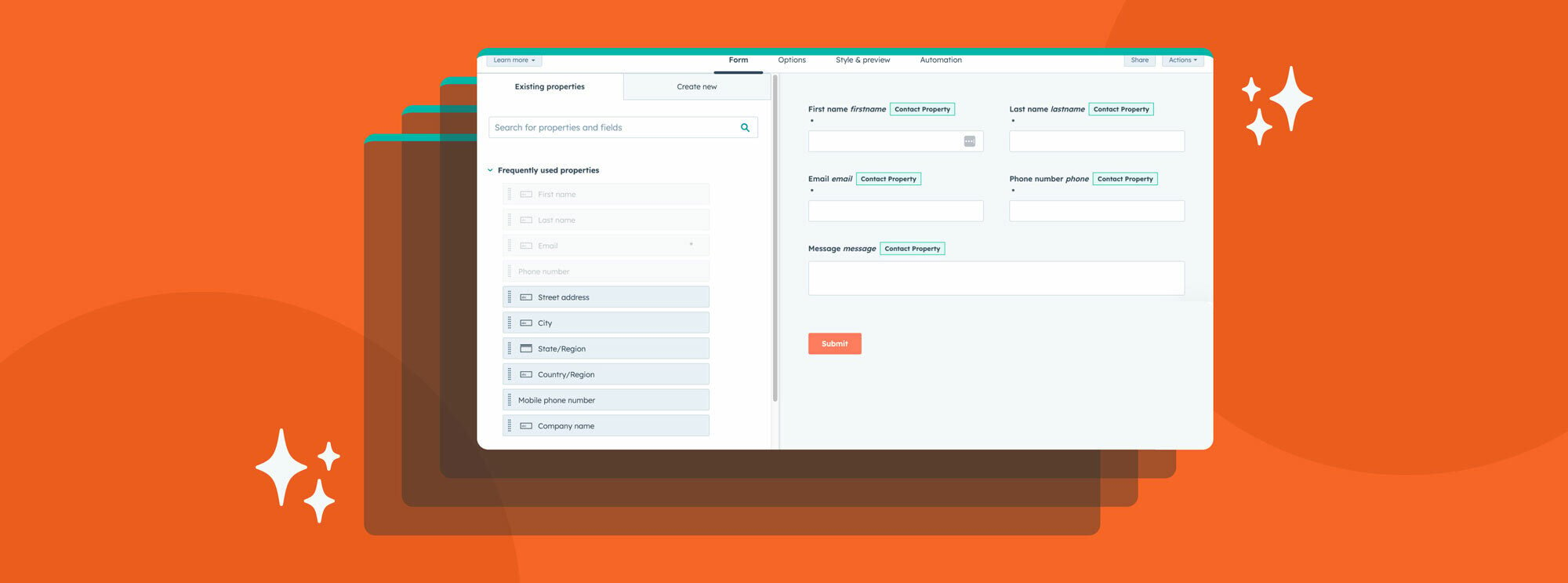When you signed up for HubSpot, you might have overlooked the blog tool because you already had an established blog on your site and felt that the migration would be too time-consuming, burdensome, or unnecessary. Although it can be a little daunting to think about moving your blog, the HubSpot blog tool has many benefits that might warrant making the switch, and they make it as easy as possible to make the transition. We’ll discuss the pros of migrating your blog to HubSpot so you can decide if it’s the right move for you.
Table of contents
- Easy to Use
- Manage Everything in One Place
- SEO Benefits
- Automation
- Content Personalization
- Reporting
Easy to use
The HubSpot Blog tool is extremely user-friendly. With a simple drag-and-drop format, even novice users won’t feel overwhelmed. You can design your own post from scratch or save time using HubSpot templates to incorporate your material into an existing design. Because HubSpot is a closed system, you won’t have to worry about adding pesky plugins or deep-diving into custom coding; everything you need is right there, making posting to your blog as stress-free as possible. If you run into trouble, HubSpot has many helpful resources, like HubSpot Academy and Knowledge Base, to guide you along.
HubSpot makes migrating your blog as easy as possible with tools that can help you with the transfer process. Or, if you don’t want to take the migration in-house, you can hire a HubSpot Partner Agency to manage the process.
Manage everything in one place
One of the things that probably sold you on HubSpot was the ability to manage your CMS and CRM in one place. Migrating your blog to HubSpot allows you to use all of your favorite HubSpot tools for seamless campaigns and reporting. You can easily integrate and manage the following from one place:
- Forms
- Calls to Action
- Banners
- Pillar Pages
- Campaigns
Another benefit is that you can easily add a blog post to a HubSpot campaign and track how it’s doing without the need to generate a separate tracking URL within each post. You can also create reports and monitor your metrics from HubSpot’s easy-to-use dashboard.
SEO benefits
HubSpot is already set up for best-in-class SEO. Everything you need to make your post easy for search engines to find has already been built in, so you can set things like meta descriptions, titles, and alt text right from the start. You can also quickly link internal pages, which Google considers an important ranking factor. HubSpot makes all of the SEO features user-friendly and gives helpful tips along the way so you can maximize search visibility. For instance, HubSpot will let you know if any added media will slow your website speed, so you can make corrections before it goes live.
Automation
HubSpot has some excellent automation tools that you can leverage. You can use the HubSpot blog tool to automate when blogs are published to your website and schedule them for the future. You can add forms and content offers that can trigger specific actions, like adding someone to a contact list, workflow, or campaign. If you’ve added your social media accounts to HubSpot, you can even set your blog posts to publish your content whenever you’d like. 97% of marketers report using their social feeds to drive traffic to their blog posts, so it’s great to have blogging and social media tools easily accessible in the same platform.
Content personalization
A remarkable feature of the blog tool is the ability to give each visitor a personalized experience with the help of smart content. HubSpot can recognize if a visitor is new or returning and alter content based on specific criteria. The criteria might be whether or not they are a contact, their location, or what device they are on. Once HubSpot has pinpointed what persona a visitor falls into, that person can receive custom CTA’s, forms, content offers, and relevant posts that provide a better user experience.
Reporting
When you migrate your blog to HubSpot, you can access your blog metrics from your HubSpot dashboard in real time. You’ll be able to see how your posts perform and what content gets the most engagement. You’ll be able to track views and subscribers, break down organic and paid readership, and see how many leads are coming from a particular blog post. Having all of this information in one place makes it easy to keep a close eye on your metrics.
By migrating your blog to HubSpot, you’ll be able to manage your content in the same place, leverage your HubSpot tools to produce the best product, and create content that helps the user and provides leads for your sales team. HubSpot is not a cheap investment; utilizing the HubSpot blogging tool can save time and help you get the most out of your account.
If you don’t have the time to worry about a blog migration but want to make the switch, we are a HubSpot diamond solutions partner agency and would be happy to help! Get in touch and learn more about our HubSpot account management services.





